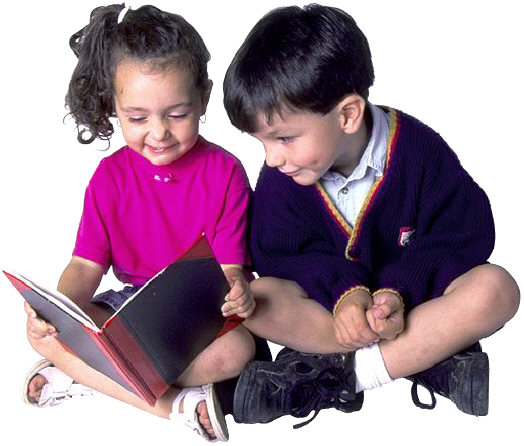Teaching Children Sight Words
Reading is crucial for speech and language development. You might notice that your child “picks up” some words easily, while he struggles with others. There is a good chance that the words your child struggles with the most are sight words. Sight words are words that comprise roughly 50% to 70% of most text. Many of them cannot be “sounded out.” Your child will have to learn to recognize them on sight, hence the term “sight words.” You might sometimes hear “sight words” being referred to as “Dolch words.” They are the same thing. In 1948, Edward William Dolch, Ph.D., compiled The Dolch Word List, which lists 220 sight words.
Teachers often focus on sight words in kindergarten through third grade. Work with your child at home to develop his sight words skills to further his academic success. Collaborate with your child’s teacher and his speech-language pathologist (SLP) to determine the most effective learning methods for your child. For example, if he’s a visual learner, he might do best when presented with an image of the sight word.
Repetition
Repetition is a key component of learning. The use of repetition sets neural pathways in the brain. And young children in particular greatly enjoy repetition. How many times has your kidling driven you up the wall with his unceasing chants of “Are we there yet?” Use repetition to your advantage when teaching your child sight words.
http://www.youtube.com/watch?v=m2wei_AQkN8
Write sight words on index cards to create your own flashcards. Leave one side of each flashcard blank. Spread out a few of them on the floor, blank side facing up. Ask your child to flip over one card, look at it for a few seconds, flip it back over, and then write the word on a separate piece of paper. When your child tires of this, encourage him to write down sentences using the sight word.
Visual Imagery
If your child is a visual learner, encourage him to draw pictures that represent each sight word. Doing so also helps to reinforce the meaning of the word. Additionally, check out our previous post on apps for sight words. Seeing the images provided for each sight word within the app can also benefit your child. Plus, few children can resist the lure of an electronic game.
Auditory Techniques
As your child writes or paints each sight word, encourage him to say it out loud. Encourage him to tell you silly stories about the words. Some children also enjoy spelling words out loud. Take turns spelling out sight words from your list. Use a sing-song voice to keep your child engaged.
And speaking of singing songs, use music to teach sight words. You can alter the lyrics in your child’s favorite songs to include the sight words that he’s currently working on. You can also make good use of YouTube music videos for kids that teach sight words, like the one below. There are a whole slew of them here.
http://www.youtube.com/watch?v=LMeUvfnFxrg&feature=edu&list=PLAAA5414A0DFD01B4
Games
Get your creative juices flowing and make up silly games for you and your child to play. Modify hide and seek to include sight words. Hide flashcards with sight words around the house and give your child clues on how to find them. As he finds each flashcard, encourage him to say the word and write it down on a “Treasure Hunter’s List.”
You can also play a memory game with your child. Create duplicate flashcards, so that each sight word is written on two flashcards. Spread them on the floor, blank side down. Take turns flipping a card over, then placing it blank side up again. Encourage your child to remember the placement of each sight word. When he finds a word and knows where its duplicate is, he can flip both cards over.



